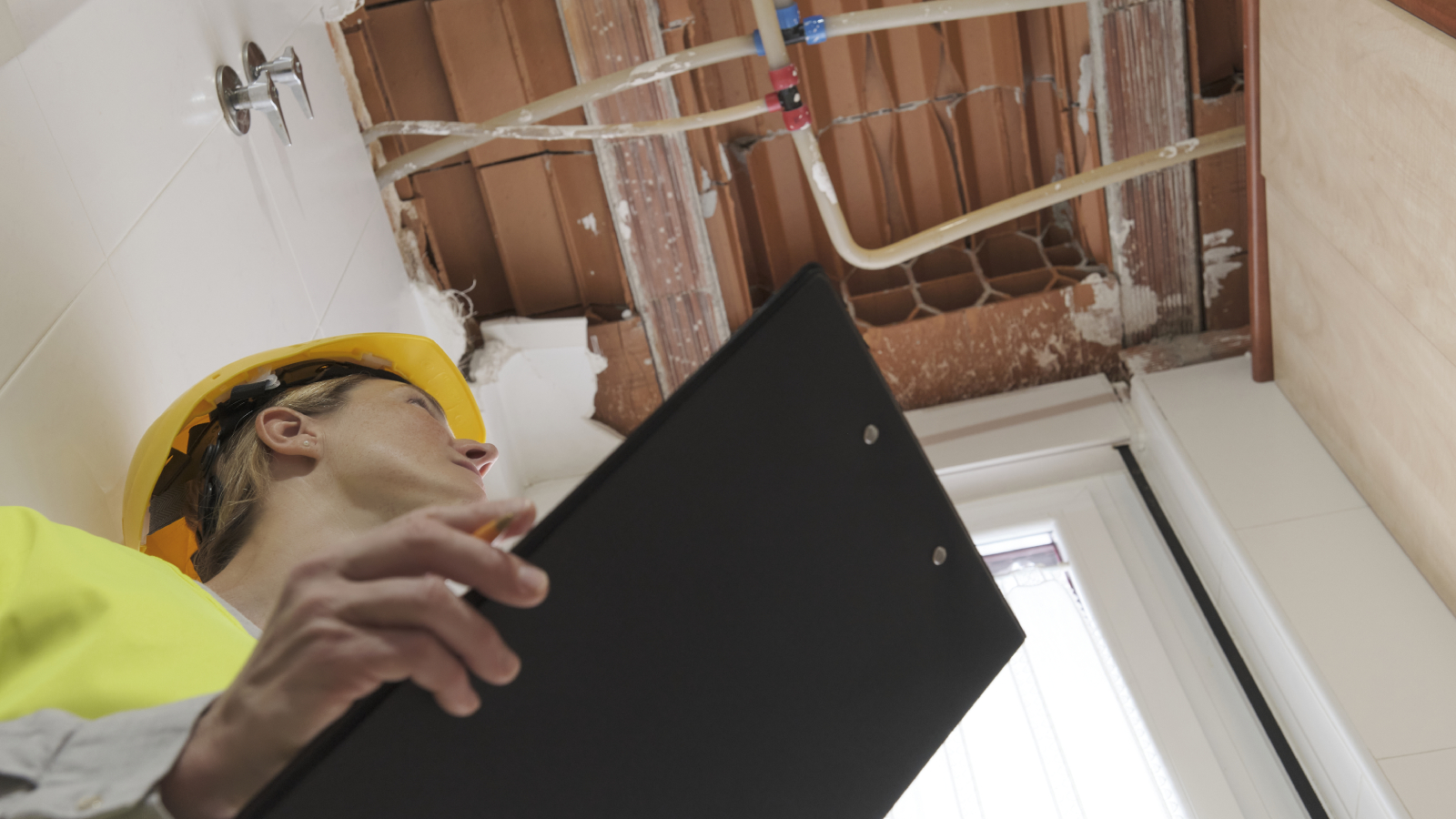11 golden house design rules according to the experts
With the help of some top architectural experts, we bring you the golden rules of house design. From how to avoid wasted space to ensuring your layout works for you, our tips are here to help
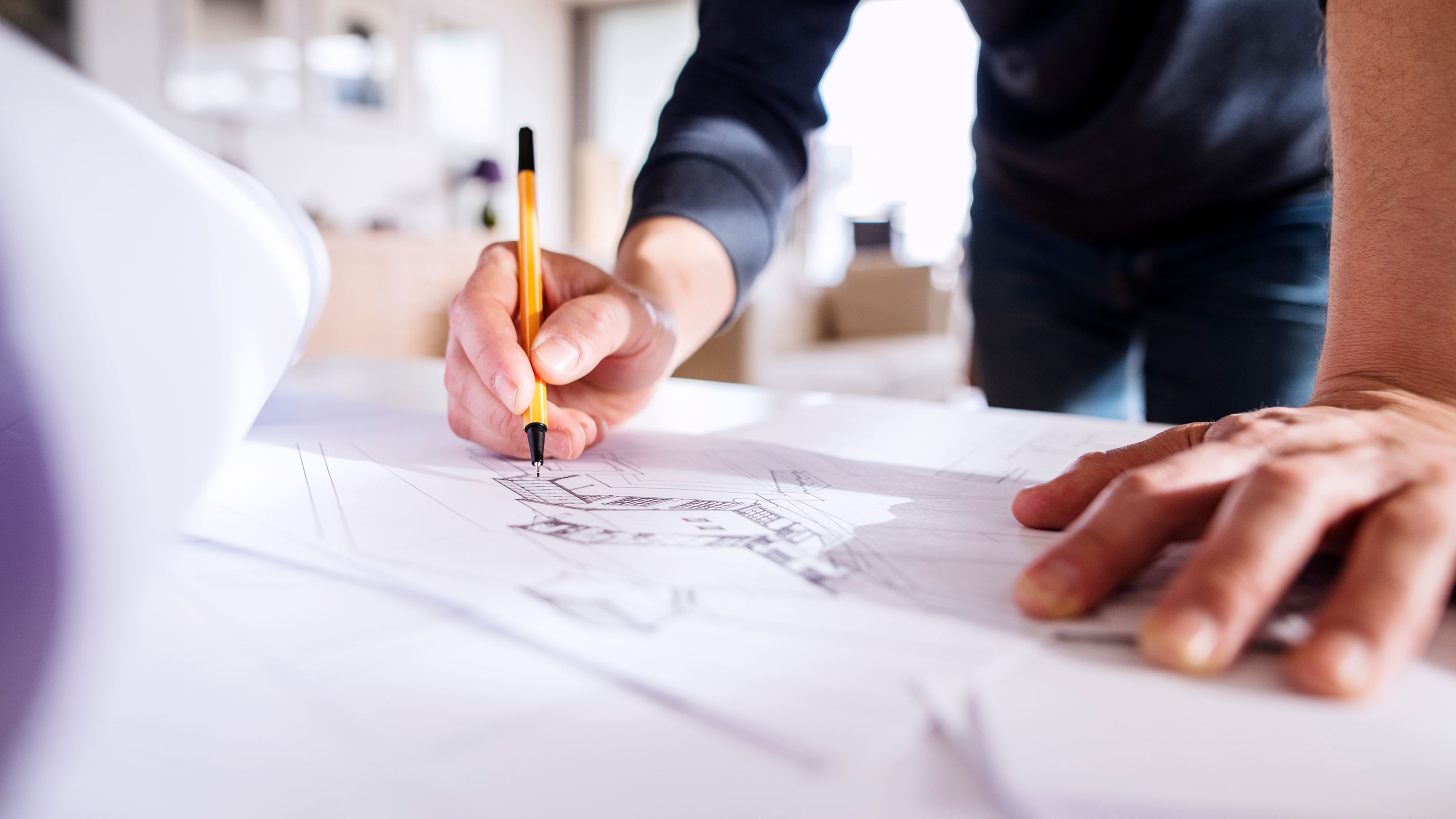
Our golden house design rules are designed to help you begin shaping your plans for your new home. Designing a house is hugely exciting, but it can also feel daunting with many people finding it near impossible to know where to start when it comes to formulating a design that will result in the home of their dreams.
Everyone has something different in mind when it comes to building a house that ticks every box on their wish list and while the needs of householders will very much depend on their stage of life, budget and individual needs, there are certain design rules that can be applied to all homes.
The rules generally focus on creating a house that is incredibly flexible in the way it can perform for its inhabitants, that will withstand the test of time and make the building a pleasure to spend time in no matter what the time of day or season it is.
We asked self build architects and designers for their views on which house design rules everyone should be aware of and have put them together to get you started on the path to creating your perfect home.
Golden house design rules: Where to start
You may well have poured over other people's projects in magazines, saved countless images of spaces you love from your favourite home design websites and snapped pictures of houses you have visited and loved, but while these are all great ideas, when it comes to designing a house that works for you, where do you start?
Before you can enlist the help of an architect and begin coming up with plans, you need to understand how design briefs work. The brief you hand to your chosen house designer will be what they base much of their design on and so you must be clear about what you need and want from your home.
"Considering how the home will be used is so important in creating a successful design that is tailored to the owners," says architect Ian Phillips of VESP Architects.
Bring your dream home to life with expert advice, how to guides and design inspiration. Sign up for our newsletter and get two free tickets to a Homebuilding & Renovating Show near you.
"Every person is different in their daily habits, their priorities and their lifestyle. Will they regularly host parties or family gatherings, and so need flexible accommodation that can ‘expand or contract’ depending on whether they’ve a full house or not? Or are they outdoors types that need lots of back-of-house storage and wash down areas when they return home from their activities? These considerations should form part of the briefing process to avoid a generalised ‘one-size-fits-all design’."
"When starting on a renovation, our top piece of advice would be to write a project brief," adds Simon Graham, director at Yard Architects. "Include practical things, like what you will be using the spaces for, how big it should be, what furniture you have etc. But also think about how you want it to feel, when will it get used most, what time of the day does the light come in, how does it connect to the garden, are there nice views you want to emphasise?
"Write all this down and keep referring back to your objectives throughout the project to keep you on track and as a check that what you are proposing still answers all of your needs."
Once you have settled on the ways in which you want your house to work, it is really useful to bear in mind the following key design house rules and principles that have the power to make or break a home.
1. Design with the plot in mind
There is no point in setting out to design a house that in no way relates to the site it stands on — it just won't work on any level. House design ideas aside, something that all the architects we spoke to agreed on was the utter importance of taking the surroundings of the house into account when making every design choice.
"If I was to offer one single suggestion, it is that the context of the site should inform every decision in the design of a house," says architect David Nossiter of David Nossiter Architects. "It will govern the orientation, configuration and approach to the dwelling, where rooms are situated, the sequence of spaces and the location of windows and doorways.
"When a decision needs to be made, look at the site, its surroundings, sun path and aspect at all times of the days and through the seasons. Follow this recommendation and you shouldn’t go far wrong. For example, one of the first steps is to consider orientation in relation to the sun path of the site and its overall form in relation to both the existing buildings and contours surrounding the site and the spaces it will contain.
"Similarly, with a renovation, the existing building is the context. Learn from it. Decide which aspects work well and those that don’t. Use scale plans of the building and tracing or greaseproof paper overlays to establish whether the layout is efficient or could be improved."
"I like to spend quite a bit of time on site absorbing the ‘feel’ of it — this can seem like a strange indulgence but it really helps with orientation, layout, detailing and also gathering a sense of what is special about the ambience of a plot and how this can be captured through the design," explains Merry Albright of Border Oak.
"It also enables us to get a good measure of constraints and how to resolve them through design — not all plots are perfect, but good and clever design can harness all the positives and conceal any constraints.
"All plots have a set of practical features that will inform and dictate much of the design, such as where the access is, neighbours, planning restrictions, trees, hedges and so on, but actually just spending time on a patch of ground will reveal the more delicate nuances such as the way light travels and changes, the best views and snippets of views, noises and quirks and these will be your experience day-to-day. You can’t get the nuances from Google Maps and a topographical survey!"
"As well as the client brief, the site is the key driver behind any design process," agrees Ian Phillips. "Orientation, views, slope, pedestrian and vehicle access, neighbouring buildings and trees, are just a few examples of the considerations that will need to be taken in order to design a successful building. How the building relates to all of these, and either works with them or requires them to adapt, will be determined by the brief, the budget and the design philosophy.
"Of the many drivers at play here, not all can influence a design to the same degree — some will be more important to a client than others, and a natural hierarchy will be established at the outset of the design process."
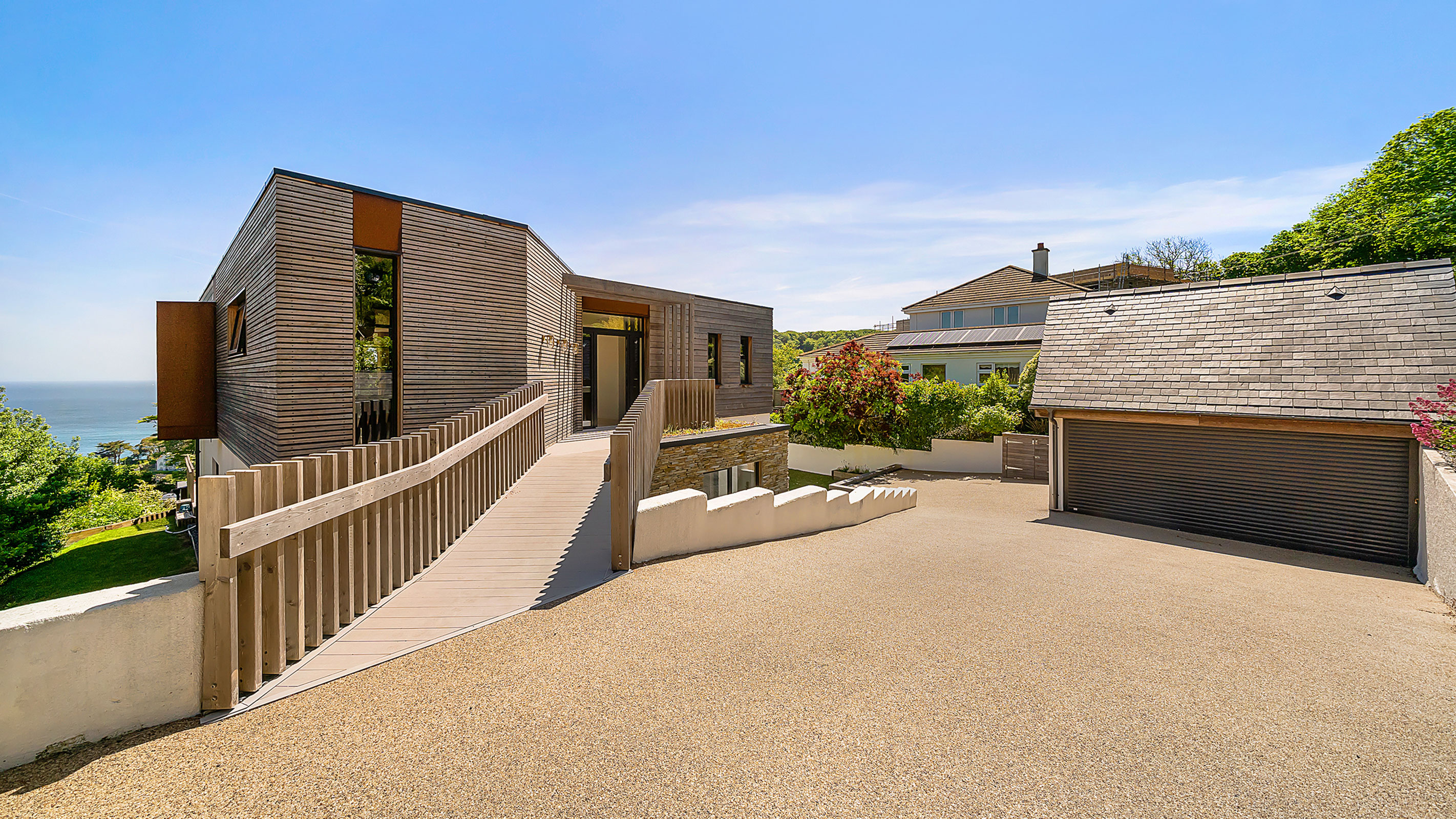
2. Look ahead to the future
The 'perfect' home should be one that not only works for its inhabitants in the present, but that is also capable to adapting to their changing requirements — often known as lifetime homes. If this is to be your home for the foreseeable future, then designing with this in mind is an essential house design rule.
"As life unfolds our requirements change, therefore good design and spaces that can adapt and change too are vital," says Wendy Perring, founder and design director at PAD Studio. "This depends on life circumstances and, to a degree, personality type. What may work for a professional family with young children who work in a hybrid model, will not be the same as a single person who works from home, or a family with three teenage children.
"We have seen an increase in people working in a hybrid model who need private workspaces, and people asking for separate guest annexe accommodation as Covid has highlighted that it is not ideal working in your living room or bedroom and we actually do like to have guests to stay, but retain our independence and privacy."
Although it can be tempting to rush into a project thinking only of what you need right now, it will really pay off to look ahead to how your needs might change and the ways in which the layout of you home could be equipped to deal with this.
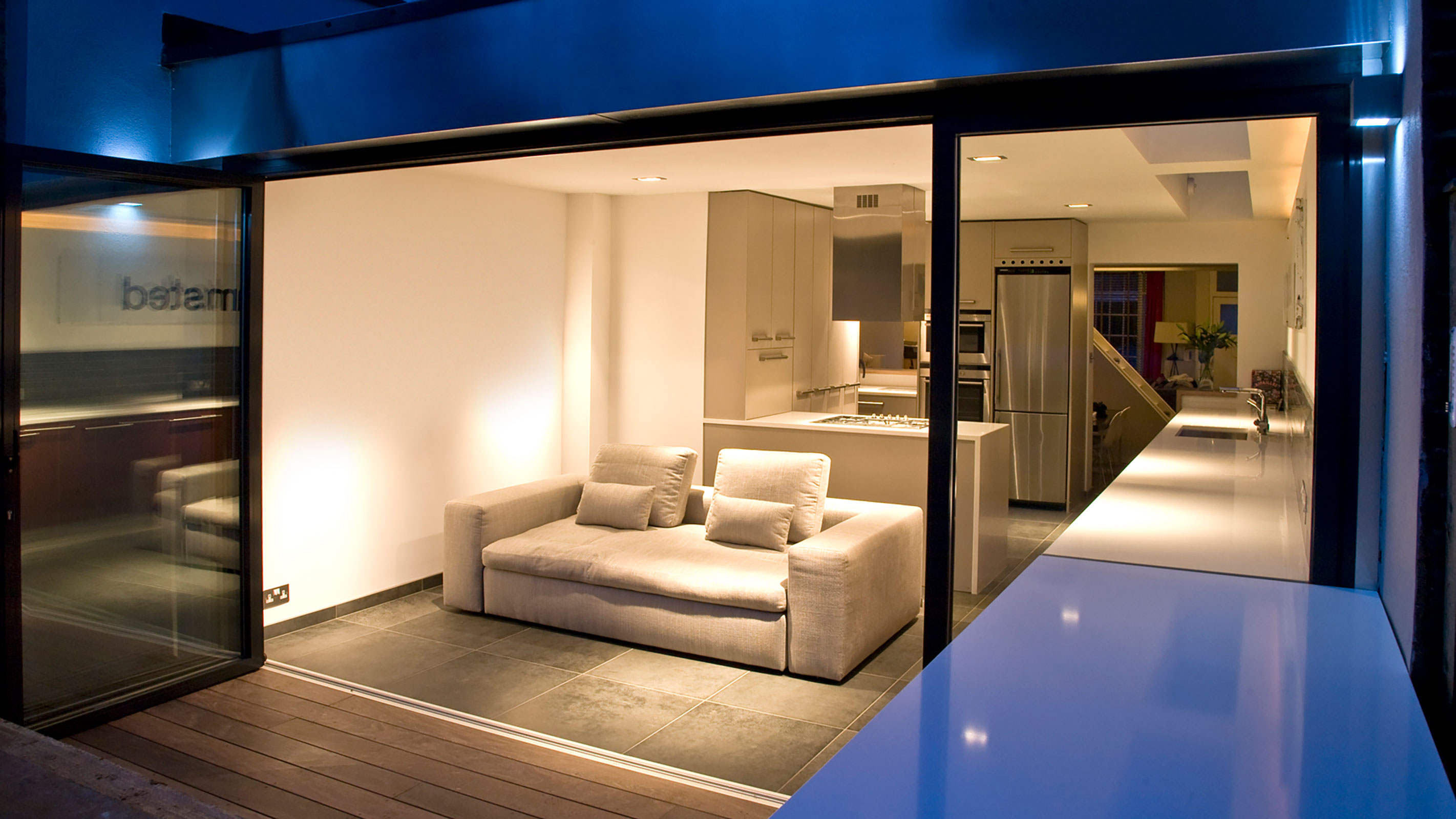
"I have designed homes for our family at different stages and have learnt how life changes so quickly and how you can accommodate the changes so that a good design will flex and bend to meet altered demands," says Merry Albright. "The trick is to enable rooms to be more than one thing (for example, a playroom that easily becomes a teenage den, or a home office that can be a ground floor bedroom).
"You should also accept that sometimes you need hard-working ‘partner’ rooms to enable another space to function well — for example, a huge open-plan kitchen is brilliant for family life, but you probably want a good utility tucked away to do the donkey work and hide some of the less ‘lifestyle’ elements such as the washing.
"And if you have a room that can be a ground floor bedroom, you’ll need a bathroom adjacent as well, and you probably want these located away from the main living spaces as sleeping next to a busy kitchen isn’t ideal.
"Designing a home that feels as welcoming and homely with just one person in it as 20 people is a skill, so always work with designers who can show that they can do this.
"Future-proofing a house is about more than just being clever with the layout. Your home also needs to reflect your wishes and needs and some things are simple to incorporate. For example I know I need lots of daylight and to see greenery beyond, so I designed our home with this in mind and every main room is light and with a view beyond."
"Consideration for how a building’s use may change over its lifetime is important to ensure longevity, not only for the convenience of the clients, but also to ensure the embodied energy that has gone into constructing the new home is not wasted if major alteration or replacement is required for future lifestyle changes," points out Ian Phillips.
"Single-level living is an obvious consideration that can allow owners to continue to use a home into their retirement years. Providing rooms that can provide multiple functions gives adaptability. Some designs may even allow for future development and addition, in a neat way that keeps disruption to what’s already built to a minimum."
3. Think of the layout in zones
The best layouts tend to be loosely based on zones. This isn't just something to be considered in the context of open plan living — it can also make the transition between the various rooms of the house effortless and logical.
"When setting out the house, thinking about the parts of the home in really clear zoning terms will help to make sure the home works efficiently," explains architect Sarah Broadstock of Studio Bark.
"Good starting zones are 'main living’, ‘family sleeping’, and ‘guest spaces’, though every brief is different. A bonus of this is that you can better separate the home into different thermal zones, and more effectively ‘shut down’ parts of the home when they’re not being used.
"Most briefs tend to have one space that stands out as the heart of the home, and more ‘public’ facing," continues Sarah. "Most often this presents itself as an open plan living, kitchen and dining space. Be clear about which rooms are at the top of the hierarchy and how their importance will be reflected in the architecture (for example, with a vaulted ceiling or a big picture window). Contrast these with smaller, cosier, informal spaces which add comfort or can get messy (and contain the mess)."
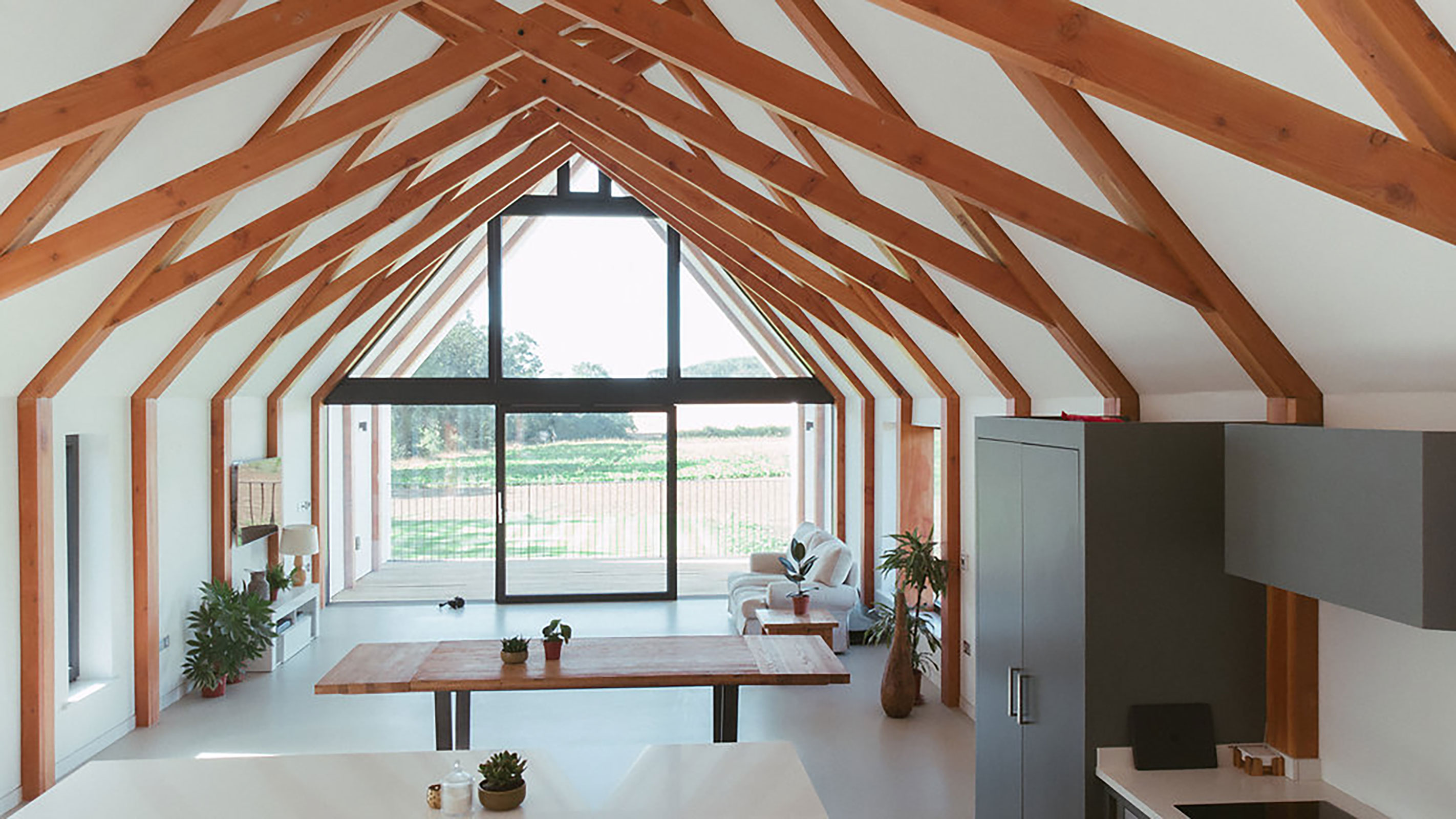
4. Balance public and private spaces
While designing a sociable home is usually something most people are keen to do, you will likely want to be able to have spaces to retreat to, quietly, in addition to more bustling, guest-friendly rooms.
"Think about the journey through the home — specifically from the gate to the bedroom," advises Sarah Broadstock. "In general, the more public parts of the home, such as parking and the front door, should be closer to the access, and the more private parts further away. It may sounds obvious, but it’s a sound principle which avoids the postman having views into the bedroom."
"Great design enhances wellbeing and we believe that it can nurture the soul," says Wendy Perring. "It is vital to have spaces that can accommodate gathering with ease and often this happens around mealtimes. It is important that the kitchen and eating areas feel relaxed and comfortable, enabling preparation of food whilst remaining in touch with family members, children or guests.
"This space increasingly is the heart of the home, and often the only place within a house that generations will gather together, so it is important that it is prioritised and where possible has a fluid relationship with the outdoors. When this is not possible, good natural light and a connection with nature can often still be achieved through the careful placement of windows and biophilic design (using natural materials, introducing plants and using textures and designs often found in nature).
"That said, it is important that individuals within a home also have places to retreat to as well as congregate," continues Wendy. "This might mean a dedicated work area, which is not a bedroom, to enable the psychological separation between work, rest and socialising, or a place that is private to enjoy reading a book. For some people the bathrooms are a haven of relaxation and where they switch off, relax and recuperate. For others it is a dedicated place to exercise within the home."

5. Invest in the fabric of the building
There is often much talk about the 'fabric' of a building and its importance of taking a 'fabric first' approach. The building's fabric refers to the components and materials that make up the structure, elements such as the walls, cladding, roof, doors and windows. Ensuring the fabric is of the highest quality, designed for energy efficiency, and is designed to stand the test of time is crucial.
"The use of materials that aren’t ‘fashionable’ but ‘timeless’ ensures a home will remain contemporary for much longer," advises Ian Phillips. "Natural materials are best in this regard; timber and stone can be used to build structures, clad buildings, finish floors, walls or ceilings, or build furniture.
"The building fabric is probably the one thing you won’t change in the future, so making sure it’s as good as it can be is important. Robustness, longevity, timeless design and energy efficiency are all important considerations."
"My passion is using the right materials and focusing on natural, vernacular products — beautiful, sustainable and long lasting," says Merry Albright. "Fads come and go — gimmicks fade away. The classic materials will always repay you tenfold as they get better with age, last a long time and don’t go out of fashion.
"By all means use them in a contemporary way if you want to, but bear in mind the ecological impact of your choices and be clear about good proportions, detailing and mass. Timeless materials such as green oak have more than proven their long-term appeal and resilience, and oak framed homes have demonstrated that they transcend passing fashions, but can also adapt and be reinterpreted so they are ‘of their time'.
"Fabric and structure are the two elements that you don’t want to have to go back and redo, but also are the parts that determine the building's performance and longevity," continues Merry. "Border Oak were the first people to use SIPs (structural insulated panels) in the UK and whilst it may have appeared more expensive, it outperformed thermal regulations and offered a new type of structural capability.
"There is simply no sense in skimping on the building fabric — save money on kitchens and carpets maybe, but the bones of the house won’t let you down if they are done well now."
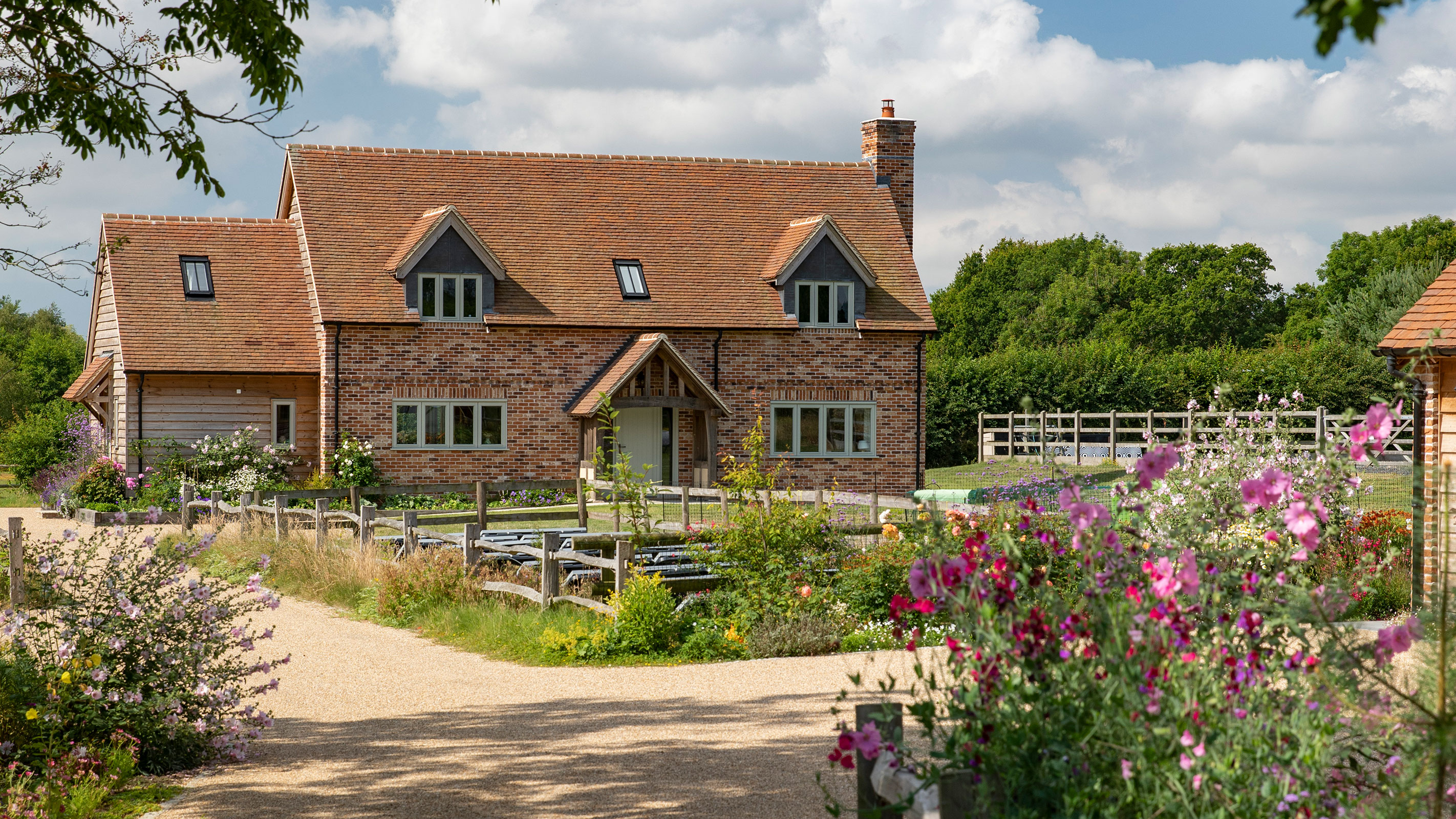
6. Make the most of circulation spaces
There is much talk of 'wasted circulation space' when talking about house design rules. The thing is, some kind of circulation space, in the form of hallways, landings and corridors is unavoidable and you really don't want these areas to feel cramped. This is where a good architect can be worth their weight in gold, ensuring that these areas, whether hallway ideas or other connective spaces, work well in a number of ways, not just as routes from A to B.
"Ideally circulation space will be kept to a minimum to ensure maximum space in the rooms," says Ian Phillips. "However, corridors, stairwells and landings can actually be some of the most interesting parts of a house if done well. The use of light, height, glimpsed views and so on can all be explored to create visual interest and different experiences than those in the main rooms of the house.
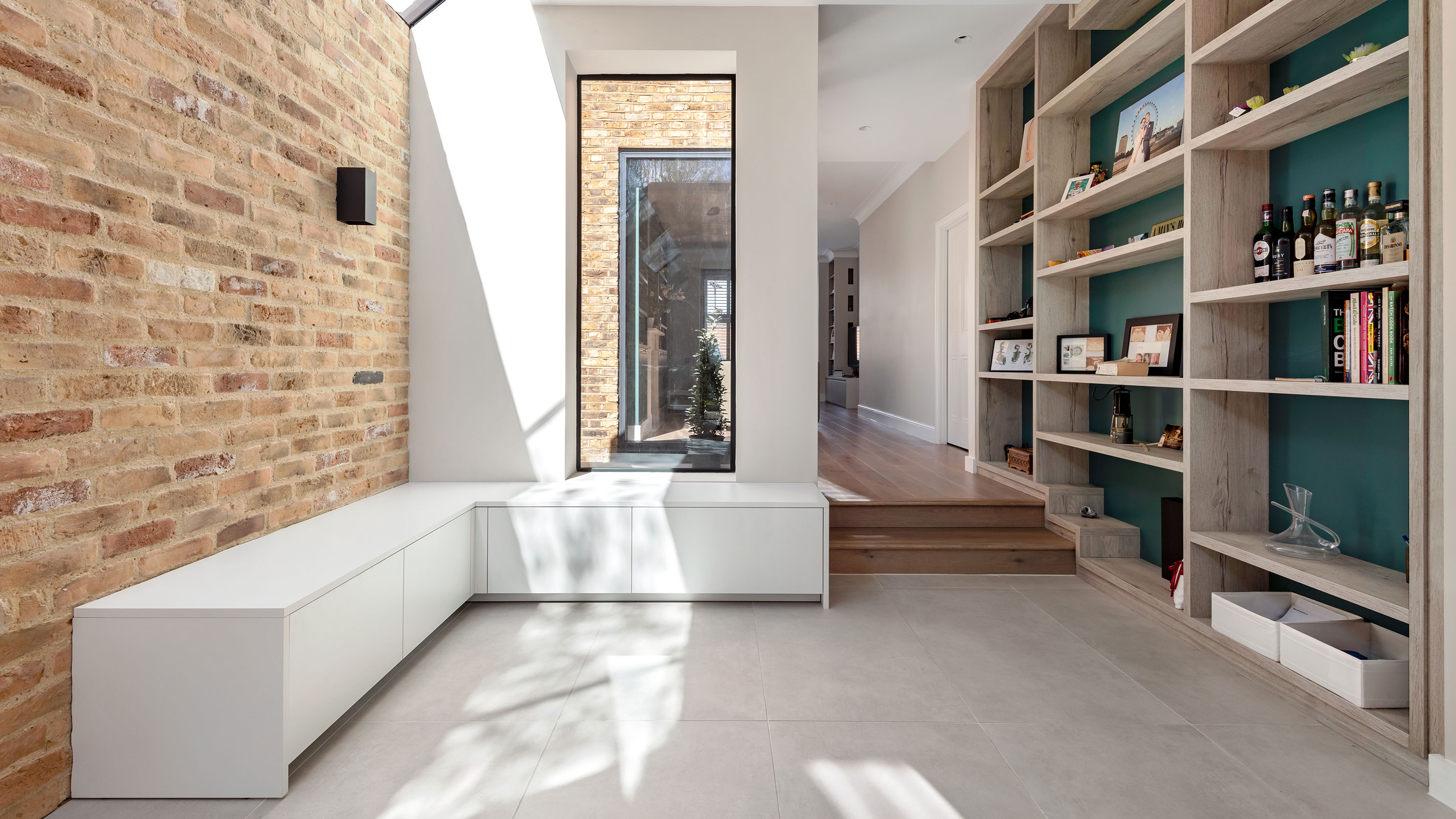
"Circulation spaces can also help make sense of a home, creating hierarchy between the more public spaces and the more private, between the entrance and the ‘destination’ (usually the main space or best view in the house). Furthermore, they can accommodate storage with well-designed built-in furniture."
"Minimising wasted circulation space is a must — make them large enough to have character so they can actually be used," says Wendy Perring. "For example, line them with bookshelves and add a chair to give them the feel of a library."
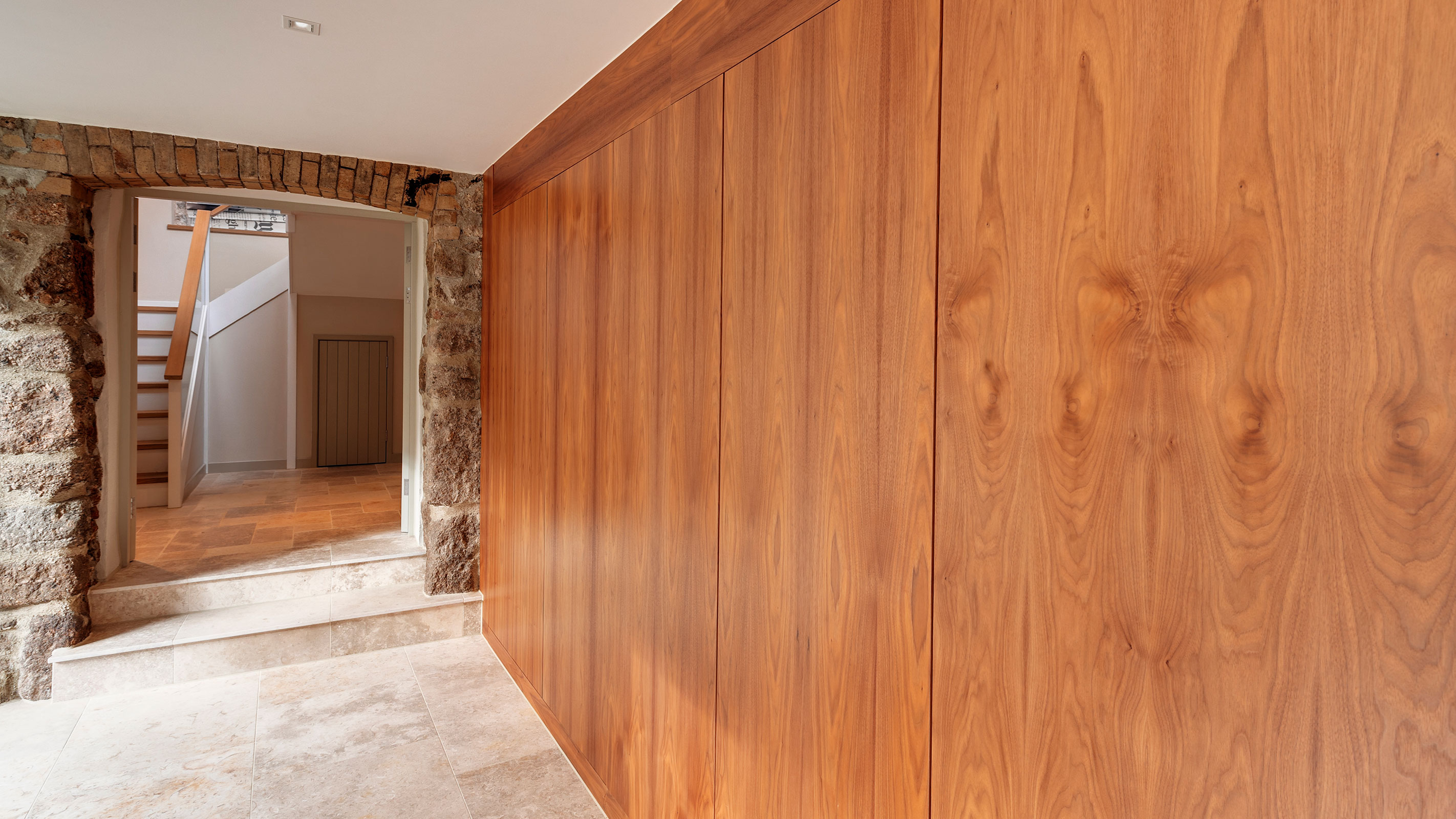
7. Incorporate transitional spaces
So many mass-built new homes lack transitional spaces, with developers keen to get the most rooms out of the footprint. However, it is these spaces that can define how well a house works for its owners. Good examples of transitional spaces to aim to include are lobbies between entrance halls and main living spaces and dressing rooms between bedrooms and en suites.
"We are very keen on considering how transition spaces look and work — they have a huge impact on how the home is used every day and are often a primary influence on a visitor's experience of your home," says Merry Albright.
"It is easy to overlook hallways and corridors when designing and to focus on the primary spaces, but in our experience the transition rooms have huge potential for architectural impact and getting them right can make or break the practical purpose of the house. Hallways, passageways, landings, lobbies and staircases are the spaces that make everything better, so it's worth thinking about how they can be made special."
"The hierarchy of the house needs to be considered. Try not to have private rooms such as bedrooms and bathrooms in close proximity to the very public spaces such as the front entrance or the main living and entertaining space," says Ian Phillips. "Intermediate spaces between these can act as ‘air locks’ and help to define this hierarchy."
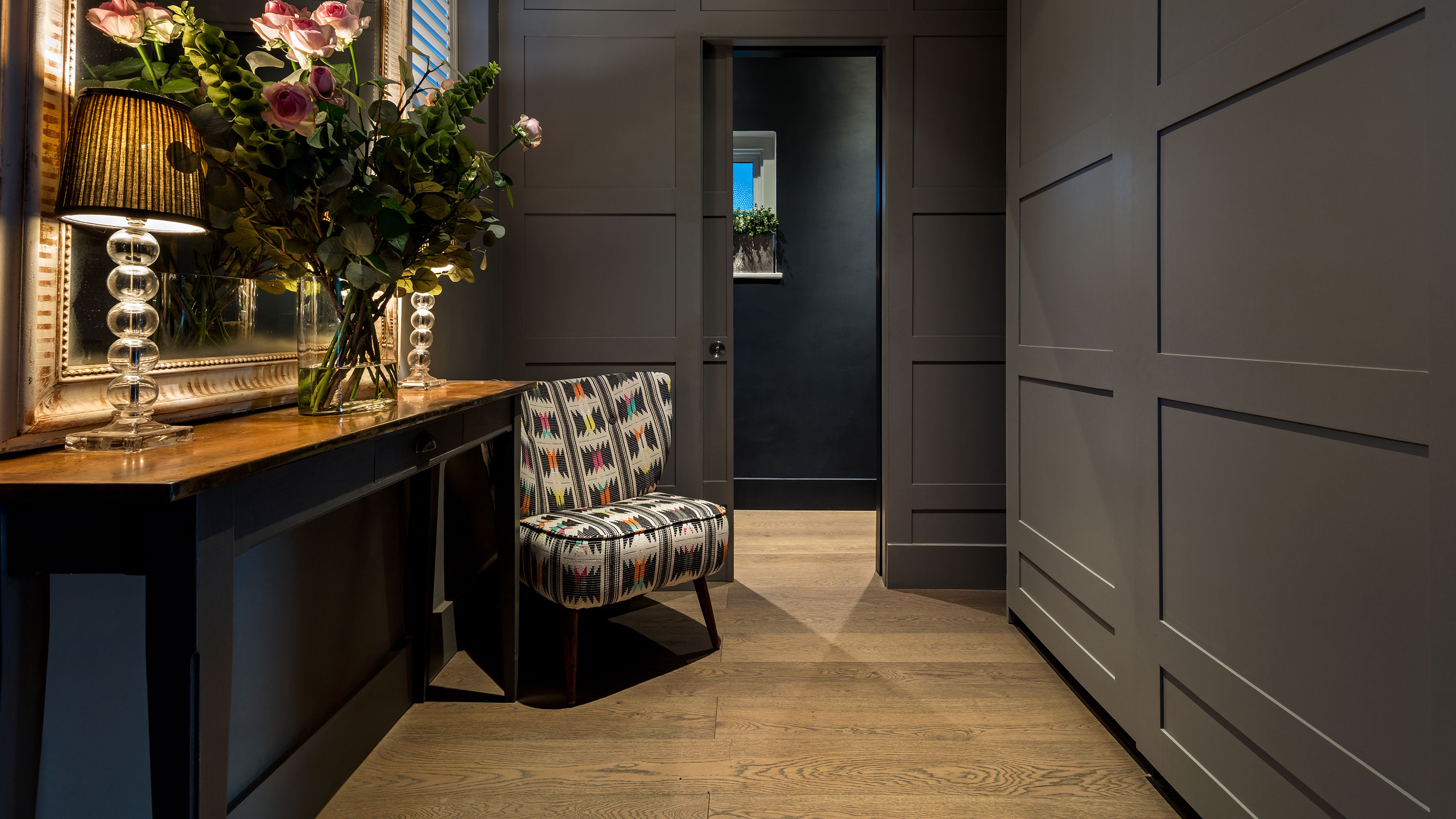
8. Find ways to link the inside and out
The way the inside of your house relates to its surroundings can have a massive effect on how it feels to spend time in, but it can also enhance the experience of living in it, expanding living areas and even contributing to a sense of wellbeing.
"The inside and outside of a house can be linked purely visually, or physically through doors or sliders," says Ian Phillips. "Rooms can extend out into the garden through good landscaping and the creation of outdoor rooms. Continuing the floor finish from inside to out is a simple tool. But the walls, or even the roof, can help to connect an internal and external space if they extend out into the garden."
Don't forget to take the time to consider your garden landscaping ideas alongside your house design — after all, your garden is part of your home and needs to be a space you can enjoy as well as one that works alongside the building itself.
"Good landscaping can really bed a house into its site and make it feel like it was always there," says Ian. "If budgets can extend to getting a professionally designed landscaping/planting scheme, it will be of huge benefit. The intention with the garden may also inform the design. For example, where would you like to connect the house with the outside spaces? Where are the views, both immediately in the garden, and further afield?"
"Study whether rooms are private or public in nature," suggests David Nossiter. "Often, in older properties, rooms such as WCs, kitchens and utility areas were added to the rear of a house, hindering an enjoyable vista of the garden."
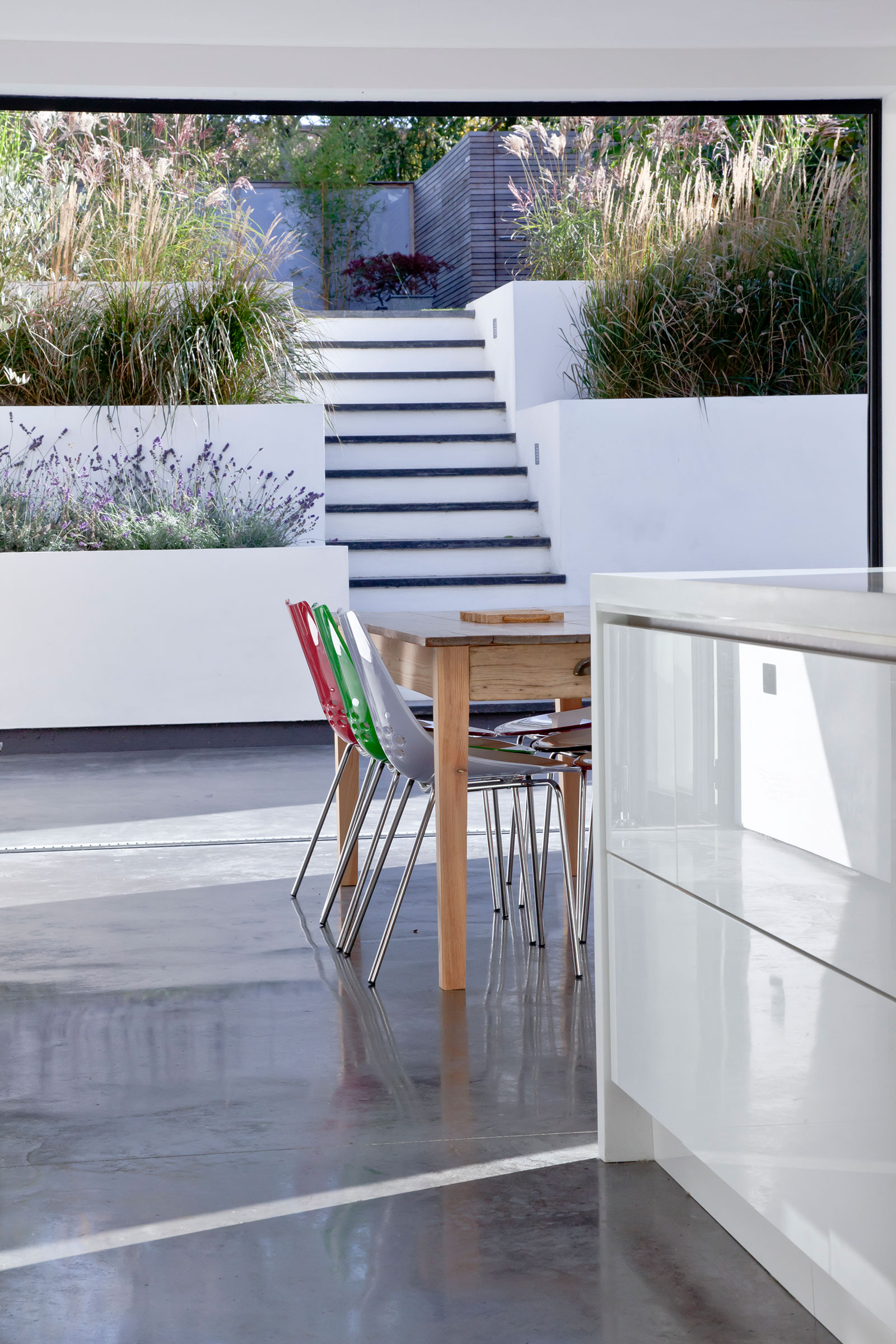
9. Take care with window positioning and ratio
One of the most common elements of house design to go wrong is the size, location and number of windows — getting these spot on is key, both to the external appearance of a property as well as how it looks and works internally.
"It is often said that if the elevation is the face of the house, then the windows are the eyes. So beyond all the practical and performance issues, the window styles you choose must look good," says Mark Brinkley, author of The Housebuilder's Bible. "That is down to three main factors: the positioning of the windows; the shape of the windows; and, finally, the window itself.
"Whilst we like to include as much glazing as possible, to provide plenty of light, views and connection to the outdoors, we still need a mixture of solid and open enclosure to provide the best internal experience. Too much glass and you may feel exposed or uncomfortable.
"Obviously the layout of the house will influence the positioning of windows on elevations, but just as important is how these windows fit in with the elevation itself from outside. The shape of the house will have a key influence here. A long, low, horizontal house might be improved further by a narrow horizontal window style to accentuate the length. Likewise, little old cottages can look quite odd with large glazed openings puncturing the thick walls."
Mark goes on to explain the 'golden ratio' when it comes to window design. "The golden ratio, first developed in classical architecture when mathematics was just as critical to design as aesthetics, is still used today as a shortcut to good proportions. It says that the ratio between proportions should be 1:1.618, meaning that a vertical sash window at 800mm wide should be 1,300mm tall."
"If you are trying to relate to a specific architectural style, it is sometimes helpful to refer to the window proportions — this can be done in a contemporary way using modern window systems, but in a matching proportion," suggests Ian Phillips.
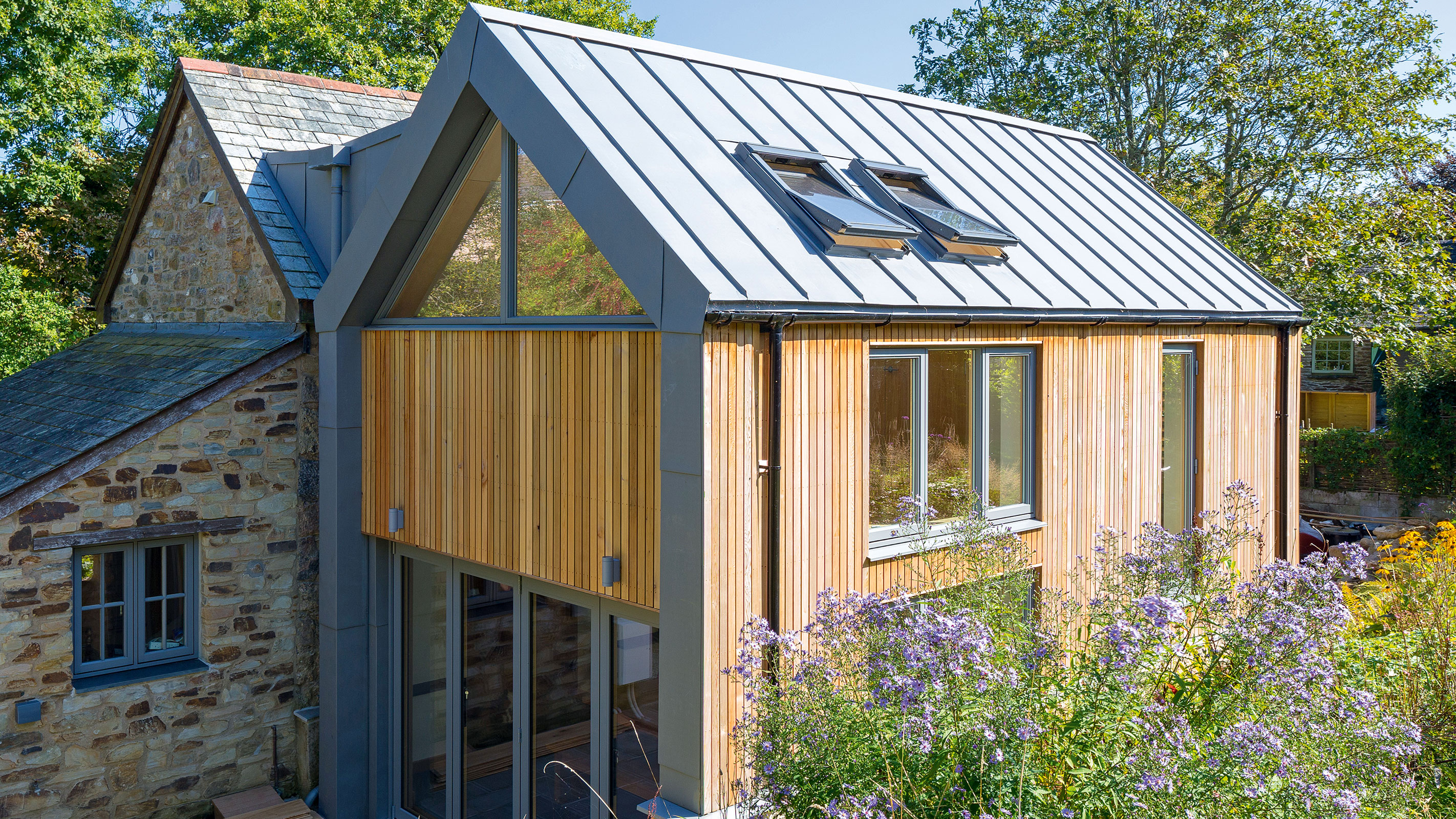
10. Really think through how many bathrooms you need
The topic of bathroom design may seem like a strange one to include, but it is amazing how often homeowners seem to get it wrong. While it can be tempting when designing a new house to include as many bathrooms as possible, with one to serve each bedroom, plus extra just in case, this really makes very little sense. Likewise, a downstairs loo or extra shower room can transform how a house can be used.
"It’s easy to put a lot of bathrooms in a plan, but from an environmental (and cleaning) point of view, keeping tabs on the number of bathrooms is a good idea," says Sarah Broadstock. "Again, think about the ‘journeys’ of different people or different situations. As well as bathrooms in close proximity to bedrooms, you may want a WC for someone coming round for dinner, one for coming in with a wet dog or piles of shopping — don't be scared of doubling up on WCs where it makes sense.
"A decent family bathroom will be more cost-effective and possibly pleasant to use than three en suites," continues Sarah. "Do your kids really need their own en suite? Put that money towards a solar array or a (sustainably sourced) wooden floor instead."
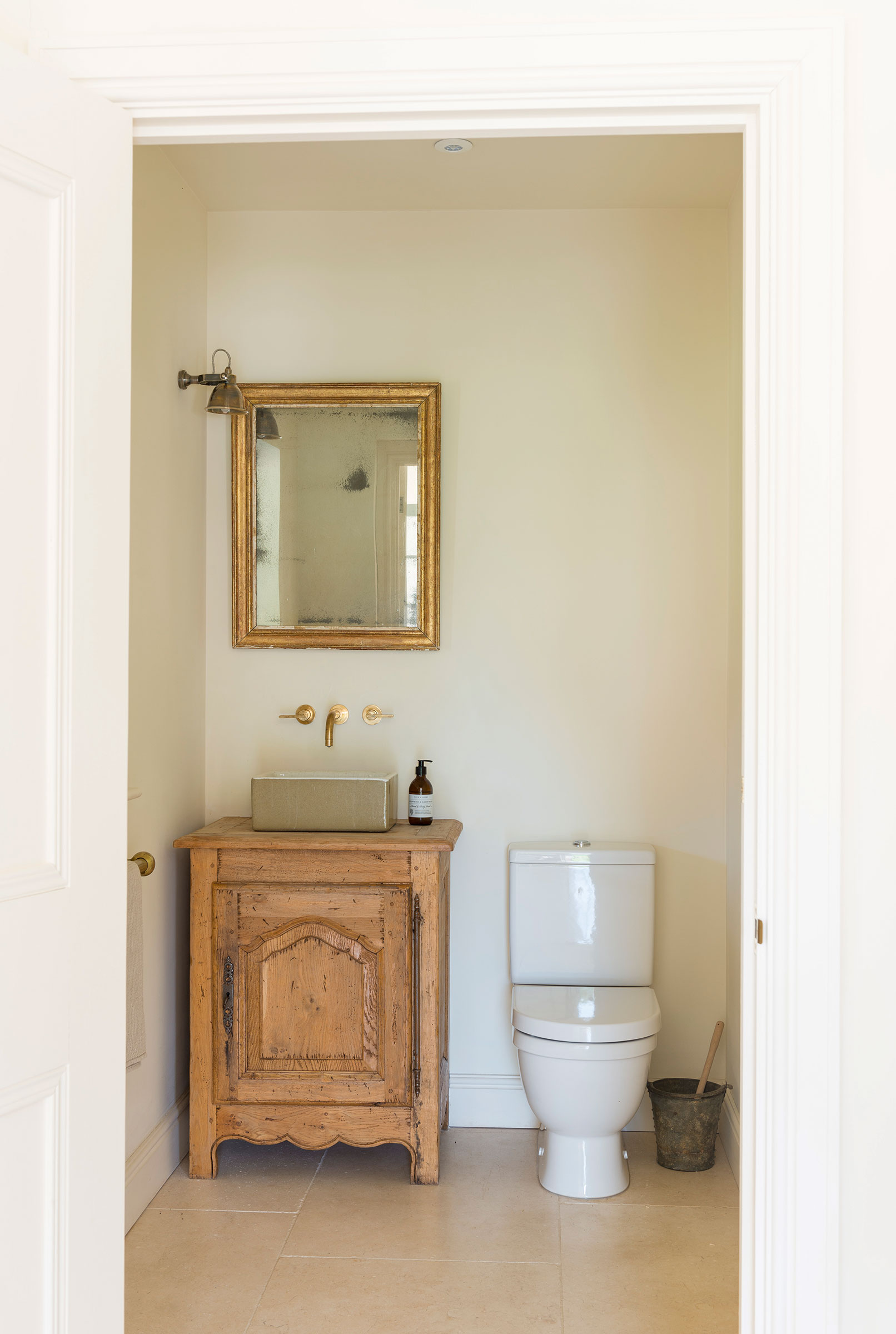
11. Don't forget about 'behind-the-scenes' services
Yes, designing the kitchen and bathrooms and selecting floor finishes and furniture is lovely but good house design rules takes into account the day-to-day practicalities of life too. This means taking time to consider where plant equipment and services will be housed. They need to be somewhere easy to access but out of sight — and you need to plan this in early on.
"Don't forget about leaving room for services, such as a boiler, heat pump and meter cupboard," advises David Nossiter. In a self build, you may even need a dedicated plant room to accommodate all the kit now associated with new energy-efficient homes (mechanical ventilation with heat recovery units, hot water cylinders and so on).
You will also need to take the less glamorous aspect of design into account, such as where pipework will run.
"In the case of bathrooms, soil pipes should stack and vent to the roof," says David. "There must be no bends in the wet portion of the stack, except for the final connection to the drainage."
Natasha was Homebuilding & Renovating’s Associate Content Editor and was a member of the Homebuilding team for over two decades. In her role on Homebuilding & Renovating she imparted her knowledge on a wide range of renovation topics, from window condensation to renovating bathrooms, to removing walls and adding an extension. She continues to write for Homebuilding on these topics, and more. An experienced journalist and renovation expert, she also writes for a number of other homes titles, including Homes & Gardens and Ideal Homes. Over the years Natasha has renovated and carried out a side extension to a Victorian terrace. She is currently living in the rural Edwardian cottage she renovated and extended on a largely DIY basis, living on site for the duration of the project.

